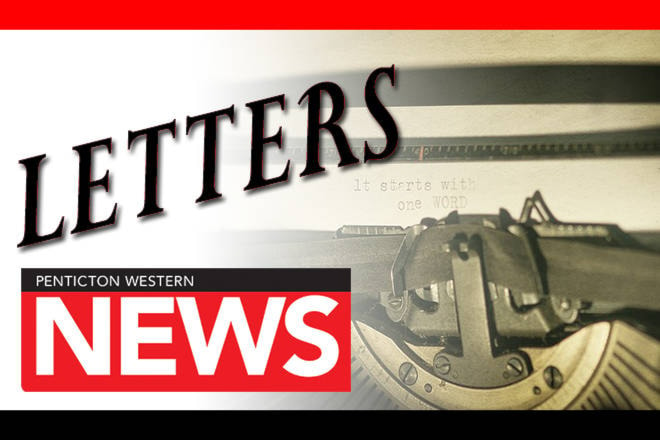As national park supporters, the South Okanagan Similkameen National Park Network (SOSNPN) has always encouraged a full public discussion based on facts.
For this reason, we wish to address the misinformation in the Grassland Park Review Coalition’s (GPRC) letter to the editor related to fires, helicopter landing sites, overabundance of animals, allowable recreational activities, and the Land Resource Management Plan (LRMP). It should be noted that the GPRC has been opposed to the park reserve since its inception.
The GPRC continues to say that wildfires are prevented by cattle grazing. Two knowledgeable people with specific expertise on wildfire prevention in this region who were consulted said: “There is no scientific evidence to back the claim that grazing helps suppress wildfire in the southern Interior. Overgrazing can actually create the opposite effect by encouraging invasive cheatgrass, which creates a continuous, flashy fuel load that is nearly impossible to get rid of, as the cheatgrass-fire-cheatgrass cycle perpetuates itself. Controlling forest ingrowth by prescribed burning, and strategically reducing woody fuels, has far more impact on wildfire suppression than the presence or absence of livestock.”
In a national park reserve, Parks Canada has the responsibility, under clear policies, for preventing and managing wildfires within and outside the boundaries of the park, in collaboration with the provincial and regional governments. Their services, expertise, and funding will be a benefit to the region. We are safer when wildfire experts are in charge — not cows.
Both provincial and federal governments have stated unequivocally that the local helicopter company HNZ can continue their business within the national park. The 2010 federal-provincial feasibility study report and the province’s 2016 Intentions Paper state this clearly. In fairness to HNZ, they have nothing in writing yet, and cannot have this until the national park establishment process that Minister Polak announced in March 2017 is formally underway. We understand that HNZ management is open to these discussions.
The GPRC worry about an overabundance of deer and bears. In a national park, wildlife is the responsibility of Parks Canada in collaboration with nearby municipalities, not private citizens. Recreational hunting is not allowed in Canada’s national parks, and there are ample opportunities in the surrounding area.
Activities the GRCA say aren’t allowed within a national park (hiking, fishing, horse trail riding, mountain bike riding, and hiking) are permitted. Under the Forest and Range Practices Act damage to the grasslands is illegal, meaning that ATVing is currently not allowed in the South Okanagan-Similkameen grasslands nor would it be in a national park for the same reasons. The LRMP also recommended that there be no motorized recreation in grasslands.
The 826-page LRMP document was completed 17 years ago, it remains unchanged and can be found on-line. Areas that were recommended for protection while important are small and isolated from one another. Factors such as climate change, invasive species, development and population growth threaten our landscape and species. It is of critical importance to connect these protected areas and build on the good work that was done through the LRMP.
Over 70 per cent of South Okanagan-Similkameen Regional District residents support the national park reserve. We encourage the public, including members of the Grassland Park Review Coalition, to keep up-to-date with the facts as the provincial, federal, and Okanagan Nation Alliance negotiations proceed.
Doreen Olson, co-ordinator
South Okanagan - Similkameen National Park Network (SOSNPN)
